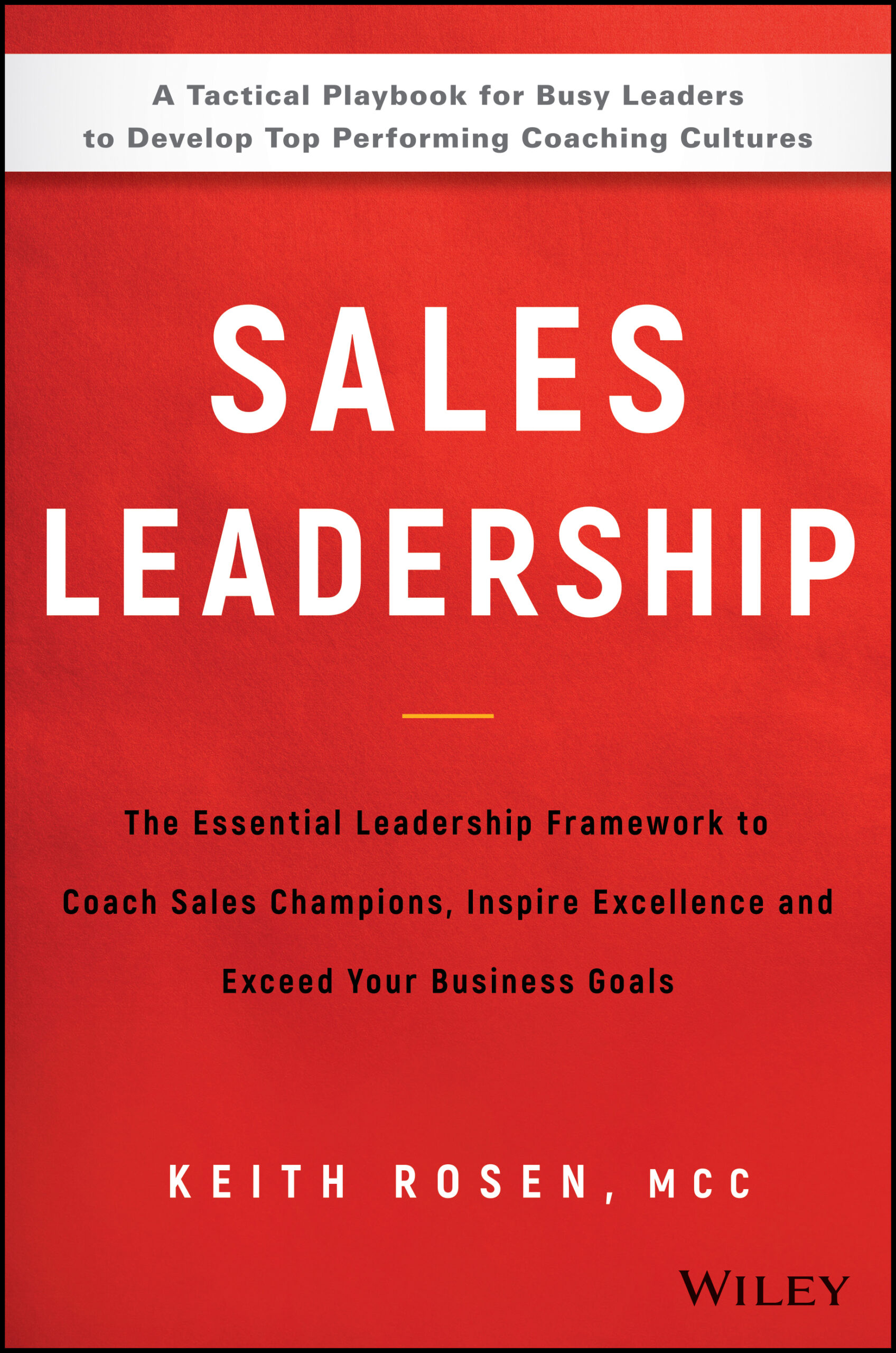
Every manager has been in this difficult position, which has been further exasperated by our remote workforce. That is, “How do I handle an underperformer?” Unfortunately, practically every company’s process around handling performance issues does not work. What if the underperformer handles themselves? Now, they’re the ones making the firing or hiring choice. The great news is, you’ll never have to fire anyone again and will always come out the hero.
Regardless of industry, company, or global location, the three typical courses of action managers take when dealing with an underperformer are:
To do nothing and hope things get better. However, the last time I checked, HOPE is not a strategy.
Number two, being seduced by the potential they see in the underperformer, wanting and waiting, “If they just focus on their process and activity, and just stay motivated and positive, they can do this!”
Then, 6 months or a year passes by, and you’re still waiting for them to turn around their performance or attitude.
And finally, giving up on that person and placing them on an HR-complaint process. Also known as the infamous P.I.P. or the performance improvement plan.
Let’s be real. When someone is placed on a P.I.P. the first thing they do is get their resume and social media profiles updated and start looking for a new position. Because the acronym P.I.P. should really be referred to as the P.O.P. or the Pushing Out Plan.
Unfortunately, the underlying message the P.I.P. sends that people hear is, “We’ve given up on you. So, fight to keep your job or you’re out.”
While companies do have good intentions to help someone who’s struggling, it’s overshadowed by the global negative stigma of the P.I.P. since all it achieves is breeding fear, uncertainty, and mistrust in the hearts of both the underperformer and their team, cracking the positive, collaborative and trusting foundation of the culture you want to create.
And while some people actually make it out of the P.I.P. alive 😉 more often than not, once the fear-based pressure of possibly losing their job is lifted, and the consequence has been averted, they often revert back to their unproductive or destructive behavior.
In fact, based on this stigma and the results, statistically speaking, the PI.P. is only effective about 17% of the time! And that doesn’t account for the collateral damage and fear-driven thinking this also creates among your team, and the impact your choices have on your personal brand and the legacy you want to create as a leader.
After all, the ultimate intention of the P.I.P. is for the protection of the employee and more for the company, because they too are now driven by the fear of possible litigation or a backlash if not handled correctly.
Let me introduce you to a fourth option that makes everyone feel empowered, even the underperformer.
The 30 Day Turnaround Strategy
Of course, you can position this strategy a different way, the Success Acceleration Program, especially for those mid to top performers who want to leverage this strategy as a way to boost their performance, rather than turn it around.
Whatever you call it, keep in mind this is simply four weeks of ongoing, scheduled coaching and observation. Rather than struggling over the stress of having to fire someone, the outcome will be the person either choosing to self-select out or back into their position. Now, you’ll never have to fire anyone again!
Since you’re the one initiating the conversation, first enroll them in this idea to set positive intentions and expectations.
“What I want for you is to achieve the success you want in your career. I’m committed to supporting you to do so, however, what’s more important is your commitment to your own success.”
Let’s look at what you are committed to doing, set some measurable activities and results to achieve in order to turn around your performance.
Based on the outcome after four weeks, we will discuss what the best decision is for you and whether you feel this position is the right fit or not. And please know that I support you and your decision either way.
How do you feel about working on this together?”
Once they commit, schedule the first session to identify the activities and results to complete prior to the second session.
A word of caution. Don’t set them up for failure. Make sure the first session commitments are ones they can easily honor to get some quick wins that will start rebuilding their confidence.
Choose Certainty over Possibility
During the three remaining sessions, you will experience one of four outcomes:
- They honor all their commitments. If so, congratulate them, and in pure coaching form, have them set commitments for the next session.
- They honor some of their commitments. Congratulate them for what was done, then coach the Gap or what they missed.
- They chose not to complete any of their commitments and finally,
- They chose not to show up for the meeting.
These last two situations require asking a direct, closed-ended question. “Are you still committed to working together to turn around your performance?”
How to Foster Trust and Create the Legacy of an Exemplary, World-Class Leader
Here you are! Four weeks have gone by where you’ve provided the unconditional support they need. At the end of the 30 days, let’s identify what you’ve accomplished.
- At this point, they’ve made their decision around their own career. It’s their decision to honor the commitments they’ve made. That’s why they’re either firing or hiring themselves, not you!
- You’ve created a positive strategy to support those who need it most without them being driven by the fear of losing their job that the P.I.P. creates.
- You’re collecting evidence of change in activity, attitude, and results. This gives you certainty rather than falling into the trap of being seduced by their potential.
- And finally, your team sees the unconditional stand you’ve taken for each person on your team, modeling and reinforcing the positive environment and trusting culture you want, and how you want to be known as a leader.
One critical point to remember. DO NOT INSTITUTIONALIZE THIS PROGRAM! This is an organic, four-week coaching program, not an HR-complaint tool. This strategy is meant to avoid any compliant action. Then, if and when it comes down to the P.I.P., the employee will make their own decision around what the next step would be.
Remember, the easiest way to avoid having to deal with underperformers is by always honoring the A.B.C.’s of leadership so you can address issues when they’re infancy before becoming too big, and too late.
That is, Always Be Coaching!
So stop stressing about how to handle those underperformers – and start coaching, and caring for them, instead.



